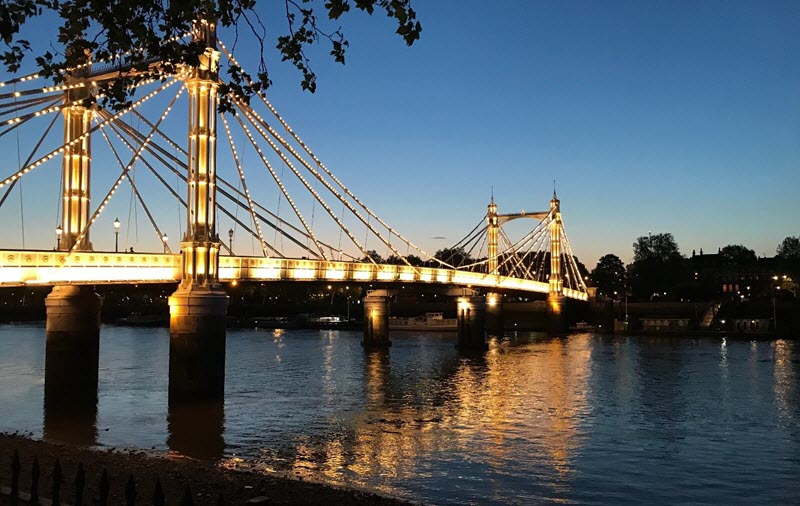| By Kevin Kohls, Associate Marketing Manager, Gale |
This past week I had the opportunity to travel to London for Gale’s DH Day at the British Library, an exciting and informative gathering of digital humanities experts from around the globe. During the event faculty members and librarians shared insights on both the practice of digital humanities and the infrastructure needs at universities to support that practice.
The presentations ranged from Mark Algee-Hewitt’s project identifying “microgenres” in novels using various data sources, to Lisa McIntosh’s presentation on the The University of Sydney library’s world-leading program to support digital humanities. It was a remarkably educational and packed with fascinating details that will be summarized in an open-access eBook, which will be available in the coming months.
As a lover of history, all of London felt like a historical theme park with interesting artifacts of the past around every corner. I was able to extend my stay and spent two nights near Battersea Park. While walking through Battersea, I developed a particular fondness for the Albert Bridge, which crosses the River Thames and connects the Wandsworth and Chelsea boroughs.
The bridge opened in August of 1873 as a toll bridge, but was commercially unsuccessful and was made public six years later. The bridge gained a reputation for structural weakness in the late 19th century, and today still displays a sign instructing any troops crossing it to break stride, or not march in unison. Its unique look made it an ideal background for films, and it’s featured in A Clockwork Orange and Sliding Doors, among others.
Naturally, I had to search The Times Digital Archive to see what had been reported on the bridge since its creation. Several columns in The Times debate the pros and cons of the bridge and discuss its construction.
The article below from 1872 provides interesting insight into London’s perpetual expansion with quotations such as, “When completed the Albert Bridge will form an important link in the line of direct communication between the gradually increasing districts of Kensington and Chelsea on the one hand, and of Battersea and Clapham on the other.”
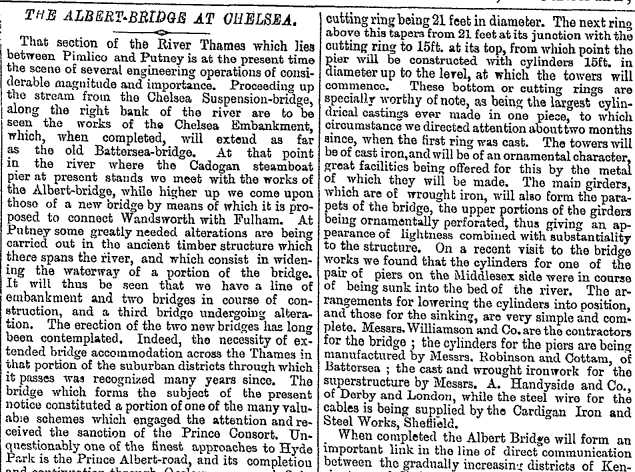
Another article from the Illustrated Times provides more details into how the bridge was constructed.
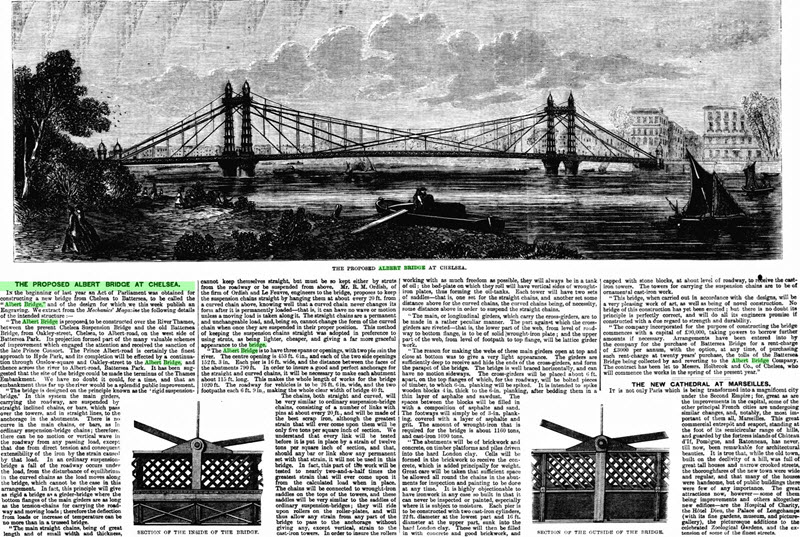
The image below is from a series of paintings of London’s bridges printed in the Chrismas issue of The Illustrated London News in 1982.
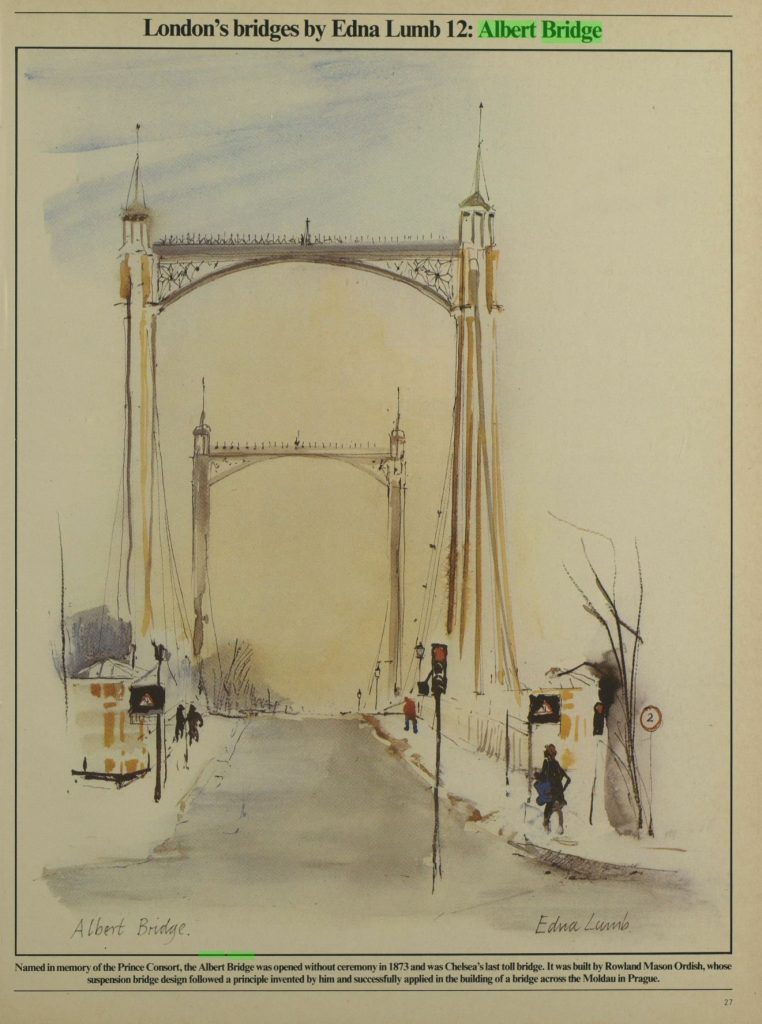
Here are a few photos I took of the bridge!
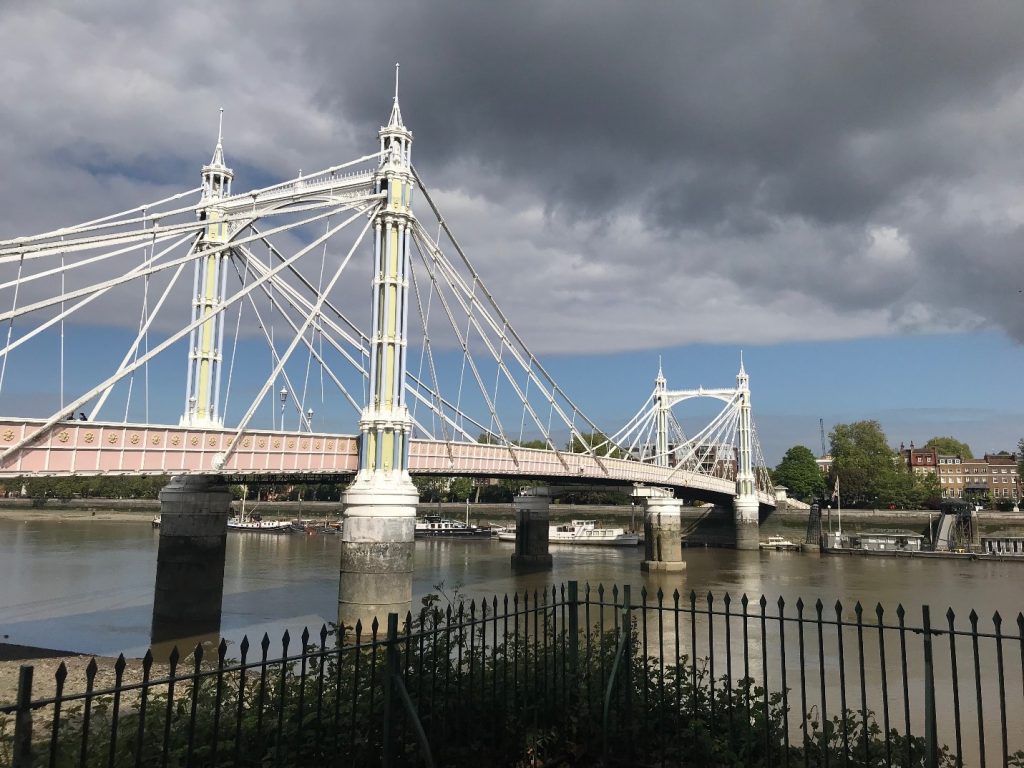
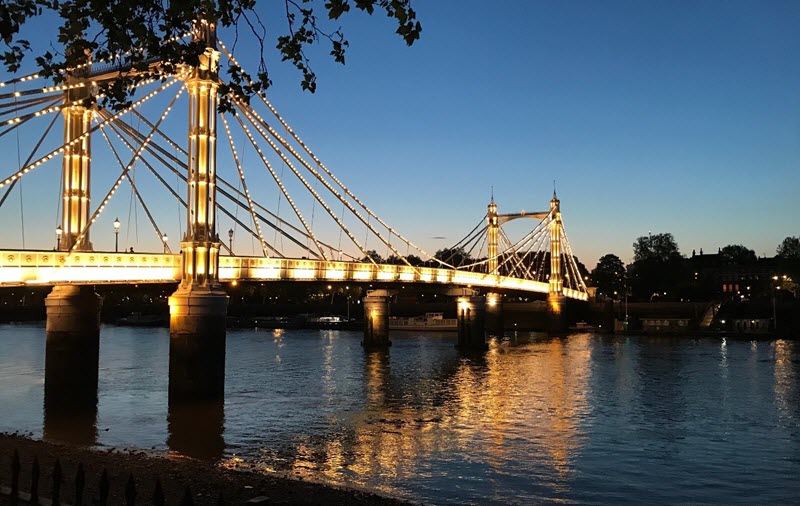
To learn more about Gale DH Day, sign up for our Digital Scholar Lab newsletter. We will be sending out an open-access eBook in it, written by our presenters, offering exciting insights into digital humanities projects going on right now.
To learn more, or request a trial of the resources used to create this post, visit https://www.gale.com/primary-sources/historical-newspapers.
Air Jordan
